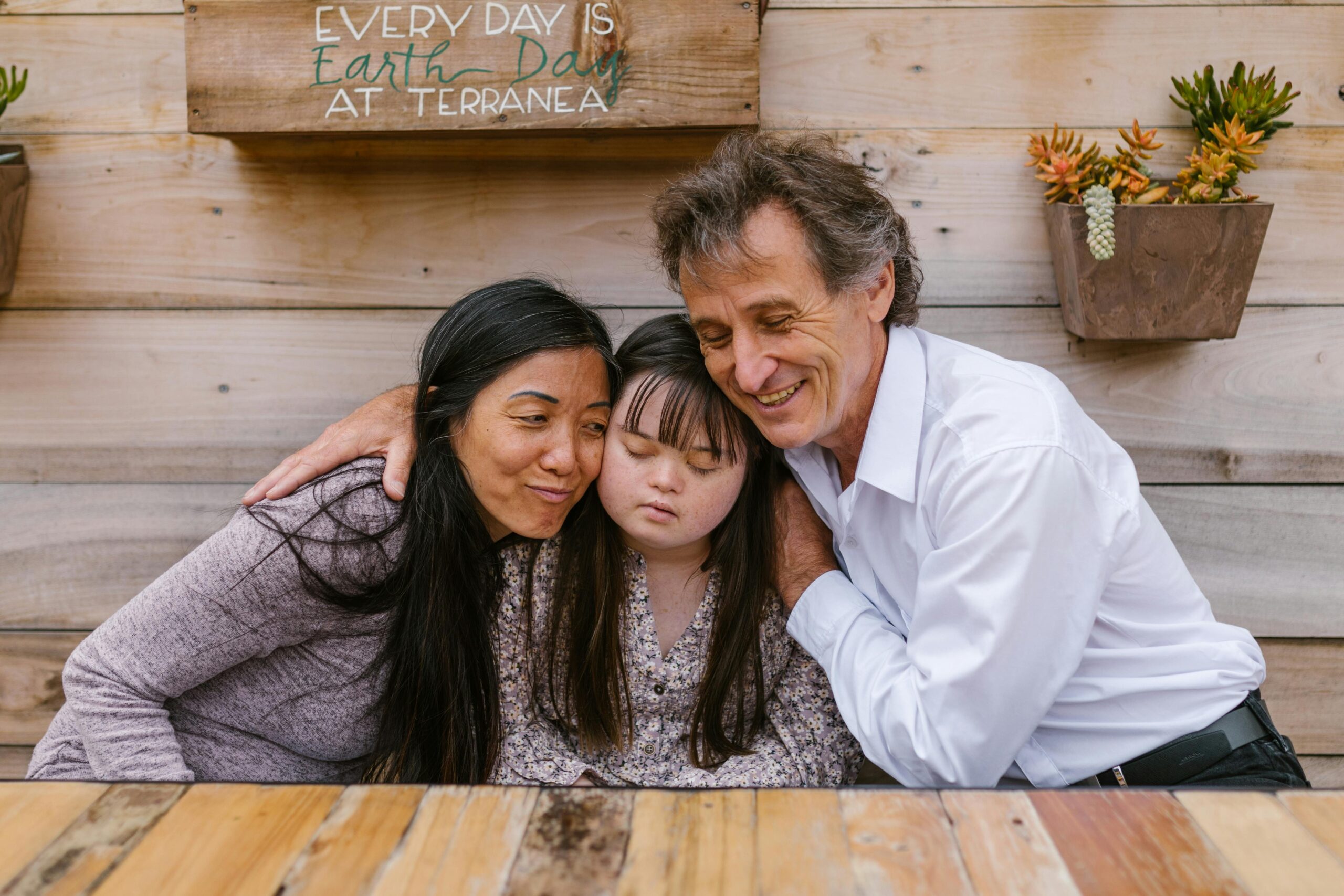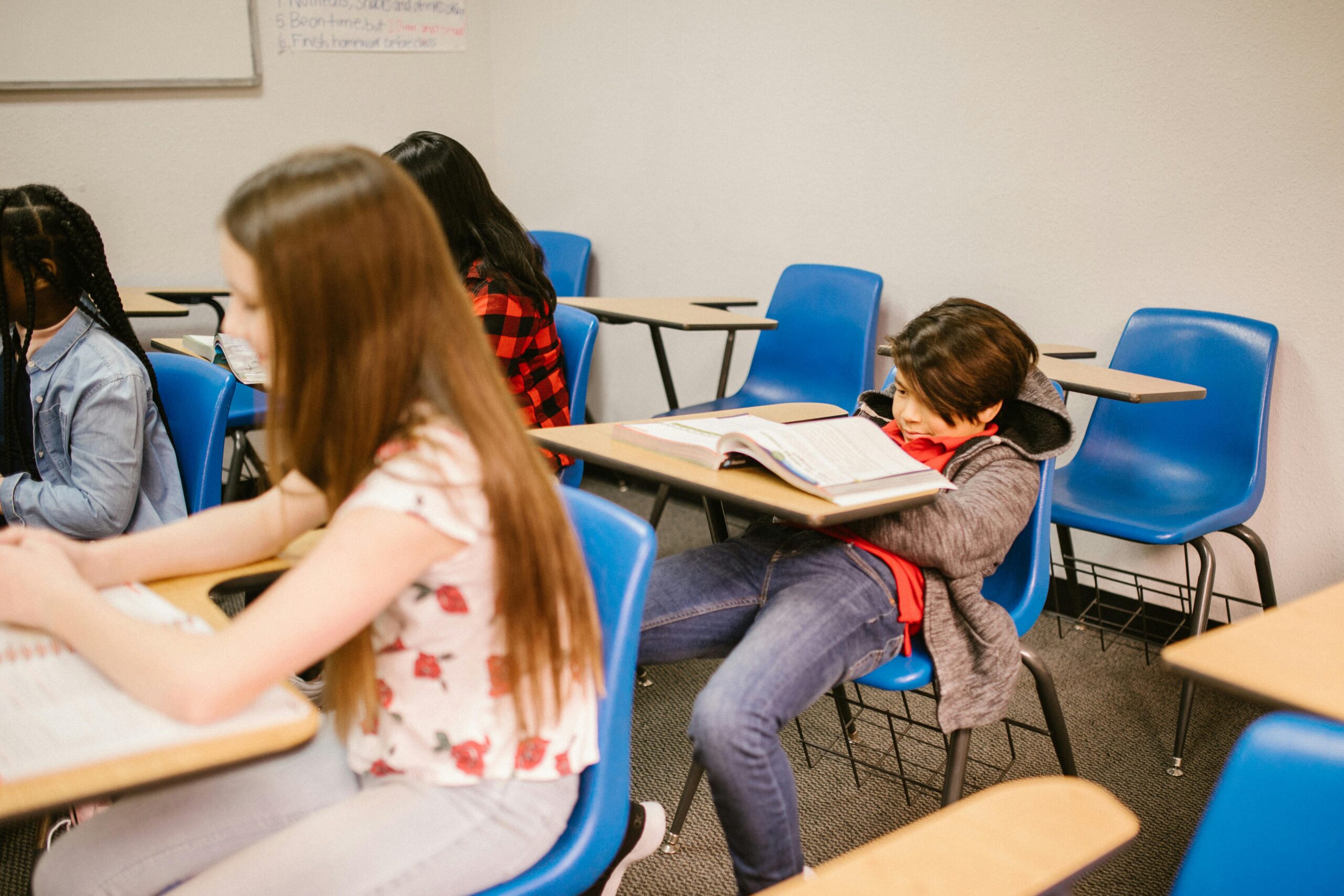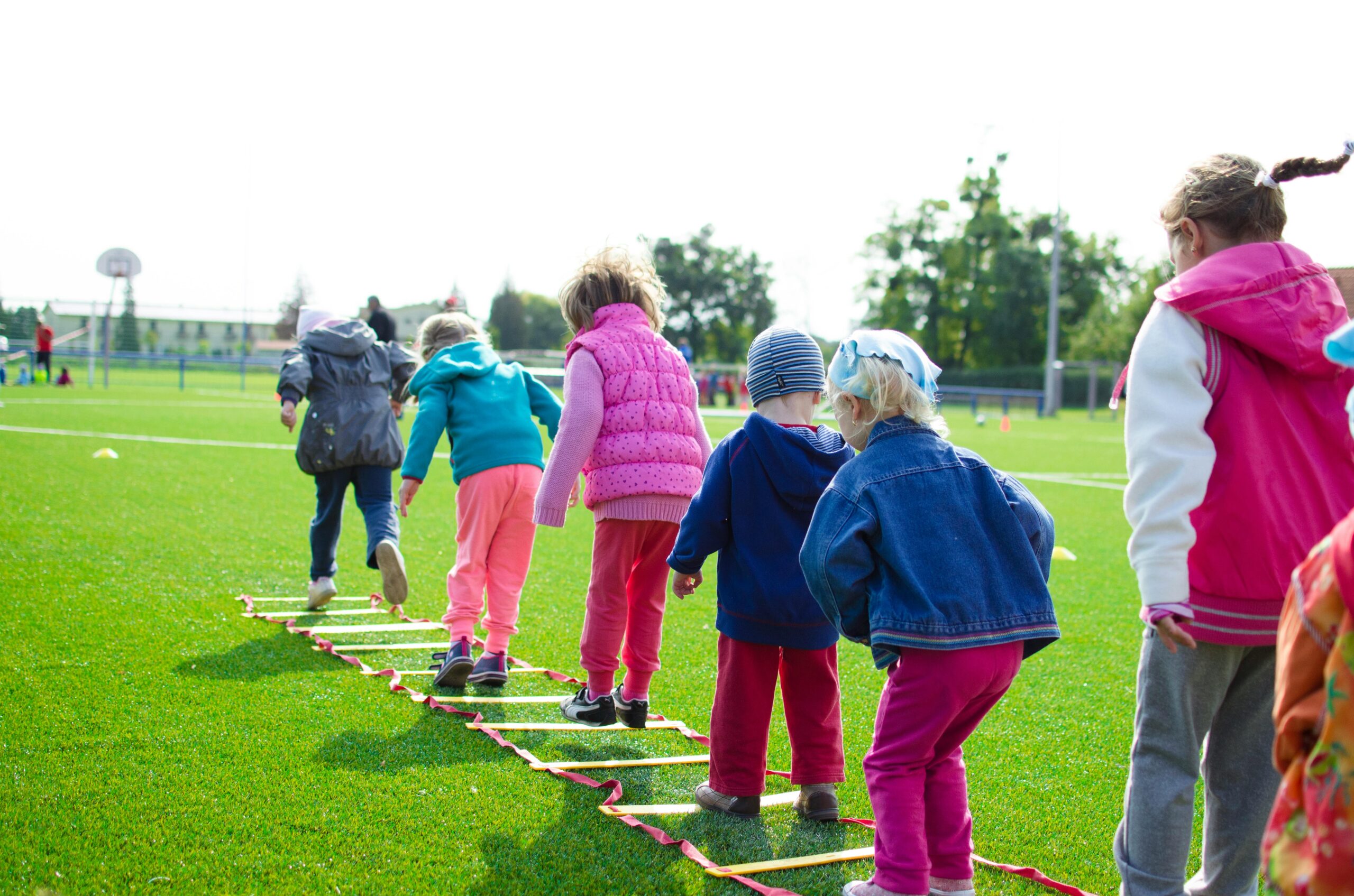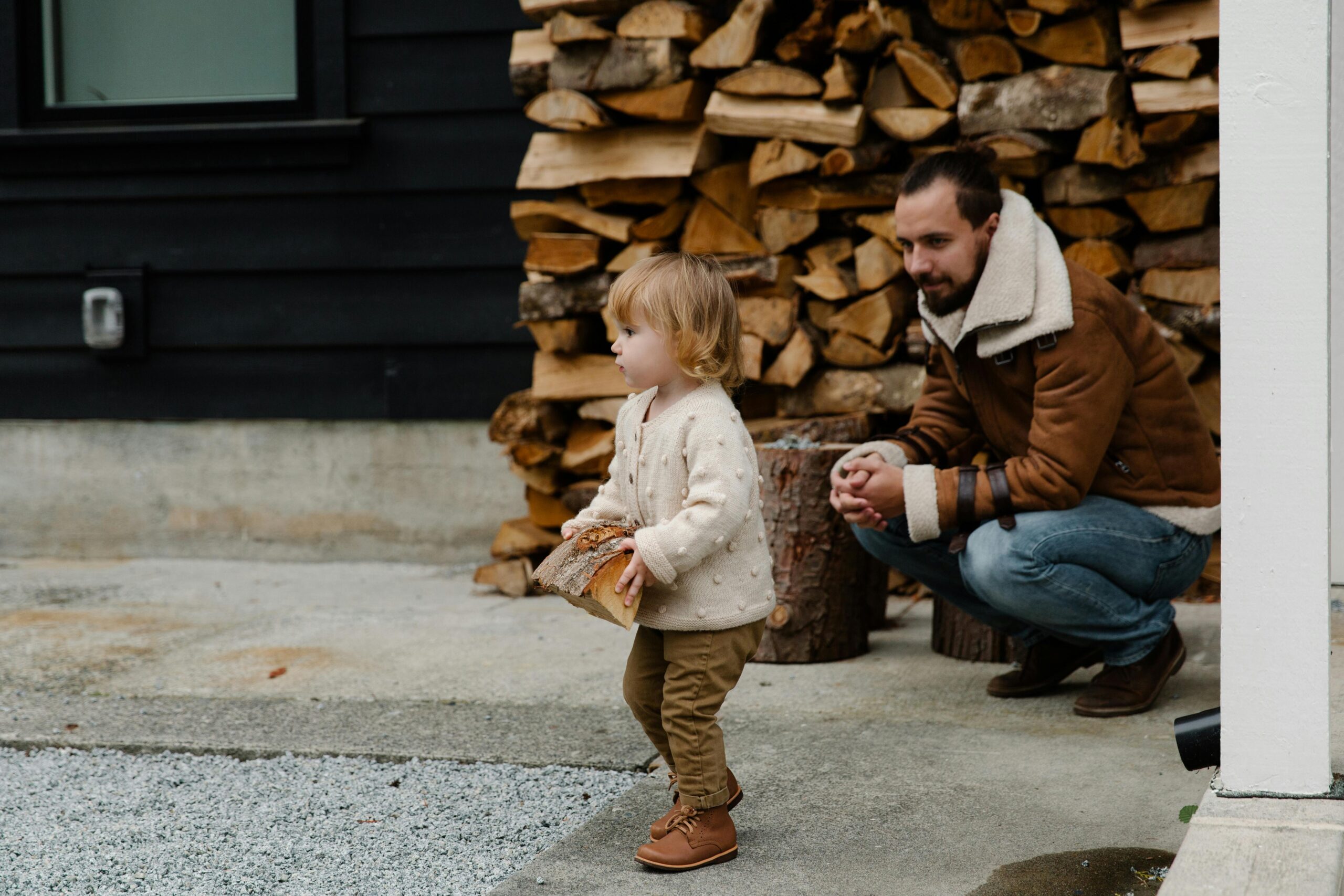Empathy and kindness are fundamental life skills that nurture emotional intelligence and healthy social relationships. Teaching these traits to children is one of the most valuable gifts parents, educators, and caregivers can provide.
In a world that often highlights competition and individualism, instilling empathy and kindness in kids equips them with tools to navigate life with compassion and understanding. Here’s an ultimate guide to help teach these qualities effectively.
Empathy and Kindness : What you need to know
Empathy is the ability to understand and share the feelings of others, while kindness involves acting with generosity, consideration, and concern. Both qualities are interconnected, as empathy often motivates acts of kindness. Developing these traits in children helps them build stronger relationships, resolve conflicts, and contribute positively to their communities.
1. Model Empathy and Kindness
Children learn through observation. When they see adults around them displaying empathetic and kind behavior, they are more likely to replicate those actions.
- Demonstrate Empathy: Acknowledge others’ feelings in everyday interactions. For example, if someone is upset, show concern and express understanding.
- Show Kindness in Action: Perform acts of kindness such as helping a neighbor, volunteering, or offering words of encouragement. Narrate your actions to your child to help them connect the dots between intention and behavior.
Example: If you notice someone struggling with heavy bags, offer assistance while explaining to your child why helping others is important.
2. Encourage Emotional Literacy
Empathy begins with understanding emotions—both one’s own and others’. Teaching children to identify and express their feelings is the first step toward developing emotional intelligence.
- Label Emotions: Use language that describes feelings. For instance, say, “You seem frustrated because you can’t find your toy,” or “Your friend looks sad. Do you think they need a hug?”
- Read Together: Choose books that explore emotions and discuss the characters’ feelings. Stories provide a safe space to learn about emotional experiences and consequences.
Activity Idea: Create an “emotion chart” with pictures of different facial expressions and feelings. Encourage your child to point to the chart to express how they feel each day.
3. Use Role-Playing Scenarios
Role-playing helps children practice putting themselves in others’ shoes. By acting out situations, they can explore different perspectives and learn how their actions affect others.
- Pretend Play: Act out scenarios where someone needs help, is feeling excluded, or is being treated unfairly. Ask your child, “How do you think this person feels?” and “What can we do to make them feel better?”
- Conflict Resolution Practice: When conflicts arise, guide your child through resolving the issue by encouraging them to consider others’ feelings and find solutions that work for everyone.
4. Praise Acts of Kindness
Positive reinforcement encourages repeat behavior. Acknowledge and celebrate your child’s acts of kindness, no matter how small they may seem.
- Be Specific: Instead of saying, “Good job,” say, “I loved how you shared your toys with your friend. It made them so happy!”
- Keep a Kindness Jar: Use a jar to collect small notes that describe acts of kindness your child has done. At the end of each week or month, read them together to reinforce the impact of their actions.
5. Promote Gratitude
Gratitude fosters a sense of appreciation and encourages children to think beyond themselves. Teaching kids to be thankful helps them develop a positive mindset and a desire to give back.
- Daily Gratitude Practice: Encourage your child to share one thing they’re thankful for each day. This could be a moment, a person, or even something as simple as a sunny day.
- Write Thank-You Notes: Involve your child in writing thank-you cards for gifts, kindnesses, or support they’ve received.
Example: Before bedtime, create a “gratitude circle” where each family member expresses their appreciation for something that happened during the day.
6. Expose Kids to Diverse Perspectives
Empathy grows when children understand experiences outside their own. Exposing them to diverse cultures, communities, and situations helps broaden their worldview and reduces biases.
- Volunteer Together: Participate in community service activities, such as visiting a shelter or helping at a food drive.
- Discuss Global Issues: Simplify age-appropriate global issues and explain how different people are affected by them. Encourage conversations about how they can make a difference.
- Foster Inclusion: Teach kids to include peers of different abilities, backgrounds, and interests in their activities.
Activity Idea: Watch documentaries or read stories about children from different parts of the world and discuss their daily lives, challenges, and joys.
7. Teach Active Listening
Active listening is a critical skill that supports empathy. It involves fully focusing on what another person is saying without interrupting or judging.
- Practice at Home: Show your child how to listen by giving them your undivided attention when they speak. Repeat back what they say to show understanding.
- Encourage Questions: Teach kids to ask thoughtful questions to better understand others’ perspectives. For example, “Why do you think your friend was upset today?”
8. Emphasize Teamwork and Cooperation
Group activities help children recognize the value of working together and considering others’ needs and strengths.
- Play Cooperative Games: Choose games where players work as a team rather than compete against each other.
- Assign Group Tasks: Encourage collaboration through shared responsibilities, such as cleaning up toys or baking together. Discuss the importance of everyone contributing.
Example: Involve your child in organizing a family event, like a picnic, where everyone has a role, and highlight how teamwork makes it successful.
9. Encourage Problem-Solving with Empathy
When children face challenges or conflicts, guide them to think about solutions that consider others’ feelings and well-being.
- Ask Reflective Questions: Instead of solving problems for them, ask, “How do you think your classmate felt when you said that?” or “What could you do differently next time?”
- Focus on Win-Win Solutions: Teach kids to find outcomes that benefit everyone involved, fostering fairness and empathy.
10. Limit Exposure to Negative Influences
Media and peer groups can sometimes contradict the values of empathy and kindness. Monitor and guide your child’s exposure to content and relationships that align with these principles.
- Curate Media Choices: Choose TV shows, movies, and games that promote positive social values.
- Discuss Media Messages: When your child encounters negative behavior in media, use it as a teaching moment to discuss alternative, kinder responses.
11. Be Patient and Consistent
Developing empathy and kindness is a lifelong process. Children may not always display these traits consistently, especially when they are tired, frustrated, or learning boundaries.
- Reinforce Gently: When your child behaves unkindly, calmly explain why their behavior was hurtful and guide them on how to make amends.
- Celebrate Progress: Acknowledge small steps and improvements over time, encouraging them to continue growing.
Example: If your child apologizes to a friend after an argument, praise their effort to mend the relationship.
12. Lead with Love and Connection
A child’s ability to empathize and show kindness often stems from feeling loved and secure. Build a strong emotional connection with your child to nurture their capacity for compassion.
- Spend Quality Time: Engage in activities that your child enjoys and create opportunities for meaningful conversations.
- Practice Unconditional Love: Show acceptance and support even when they make mistakes, reinforcing that their value isn’t tied to their actions.
Conclusion
Teaching empathy and kindness to kids is an ongoing journey that requires patience, intentionality, and consistency. By modeling compassionate behavior, encouraging emotional awareness, and creating opportunities for children to practice empathy and kindness, you lay the foundation for them to grow into caring, socially responsible adults.
The ripple effects of these lessons extend far beyond your child, creating a kinder and more empathetic world for everyone. In the words of the Dalai Lama, “Be kind whenever possible. It is always possible.”
Make it possible—start today.



